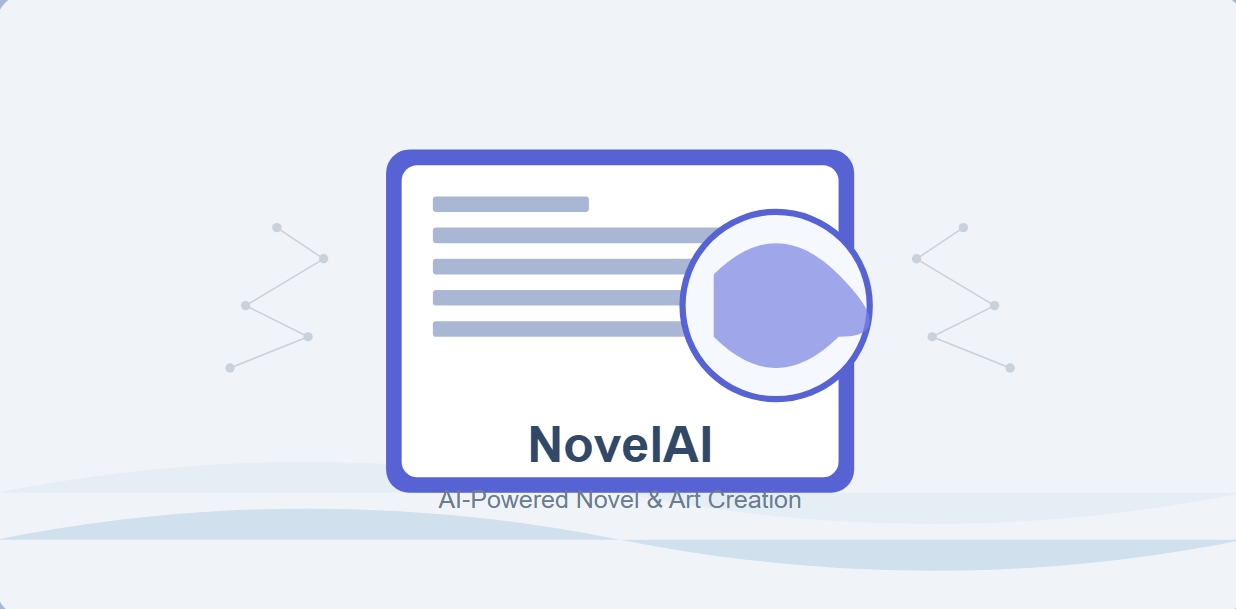Best Practices for Data Backup

Understanding the Importance of Data Backup
In our digital age, data is one of our most valuable assets. Whether it’s cherished family photos, important work documents, or sensitive personal information, losing data can be devastating. That’s why understanding and implementing effective data backup practices is crucial for everyone, regardless of their technical background.
1. Choose the Right Backup Method
There are several methods available for backing up data, and choosing the right one depends on your needs and preferences. Here are some popular options:
- External Hard Drives: These are physically separate from your computer and can store large amounts of data. They’re a good choice for quick backups.
- Cloud Storage: Services like Google Drive, Dropbox, and OneDrive allow you to save your data online, making it accessible from anywhere with an internet connection.
- Network Attached Storage (NAS): This is a dedicated file storage system that connects to your home network, allowing multiple users to access and back up data.
2. Follow the 3-2-1 Backup Rule
The 3-2-1 backup rule is a well-known guideline that can help ensure your data is safe. It states that you should:
- Have three copies of your data.
- Store the copies on two different media types (e.g., an external hard drive and cloud storage).
- Keep one copy offsite to protect against disasters like fire or theft.
By following this rule, you can significantly reduce the risk of losing important data.
3. Automate Your Backups
Manually backing up data can be time-consuming and easy to forget. Automating your backups ensures that your data is consistently and regularly backed up without requiring your constant attention. Most backup solutions, whether local or cloud-based, offer options for scheduling automatic backups. Set it up once, and let it work for you!
4. Regularly Test Your Backups
Backing up your data is only half the battle; you also need to ensure that your backups are working correctly. Regularly test your backup files to confirm that they can be restored without issues. This practice will give you peace of mind, knowing that your data is safe and retrievable when you need it.
5. Keep Software Up-to-Date
Finally, make sure that the software you use for backing up your data is up to date. Software updates often include important security patches and improvements that can enhance the reliability of your backup process. Keeping your system and software updated minimizes vulnerabilities that could put your data at risk.
Conclusion
Implementing best practices for data backup is essential for everyone in today’s digital world. By choosing the right backup methods, following the 3-2-1 rule, automating your backups, regularly testing them, and keeping your software updated, you can protect your valuable data from loss. Remember, it’s always better to be safe than sorry when it comes to safeguarding your information.




